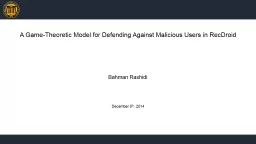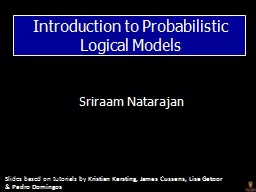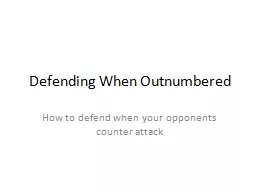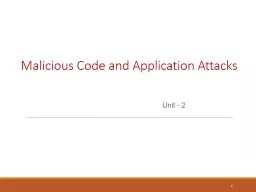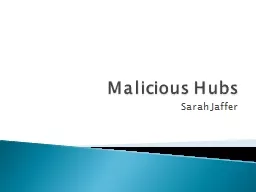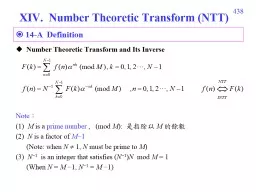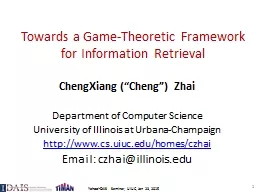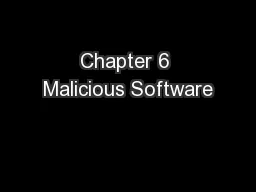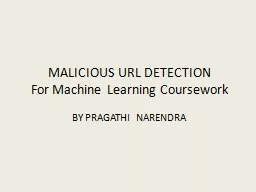PPT-A Game-Theoretic Model for Defending Against Malicious User
Author : giovanna-bartolotta | Published Date : 2016-05-27
Bahman Rashidi December 5 th 2014 1 Overview Introduction RecDroid system Game theoretic model Nash equilibrium Discussion Conclusion 2 RecDroid system What is
Presentation Embed Code
Download Presentation
Download Presentation The PPT/PDF document "A Game-Theoretic Model for Defending Aga..." is the property of its rightful owner. Permission is granted to download and print the materials on this website for personal, non-commercial use only, and to display it on your personal computer provided you do not modify the materials and that you retain all copyright notices contained in the materials. By downloading content from our website, you accept the terms of this agreement.
A Game-Theoretic Model for Defending Against Malicious User: Transcript
Download Rules Of Document
"A Game-Theoretic Model for Defending Against Malicious User"The content belongs to its owner. You may download and print it for personal use, without modification, and keep all copyright notices. By downloading, you agree to these terms.
Related Documents

